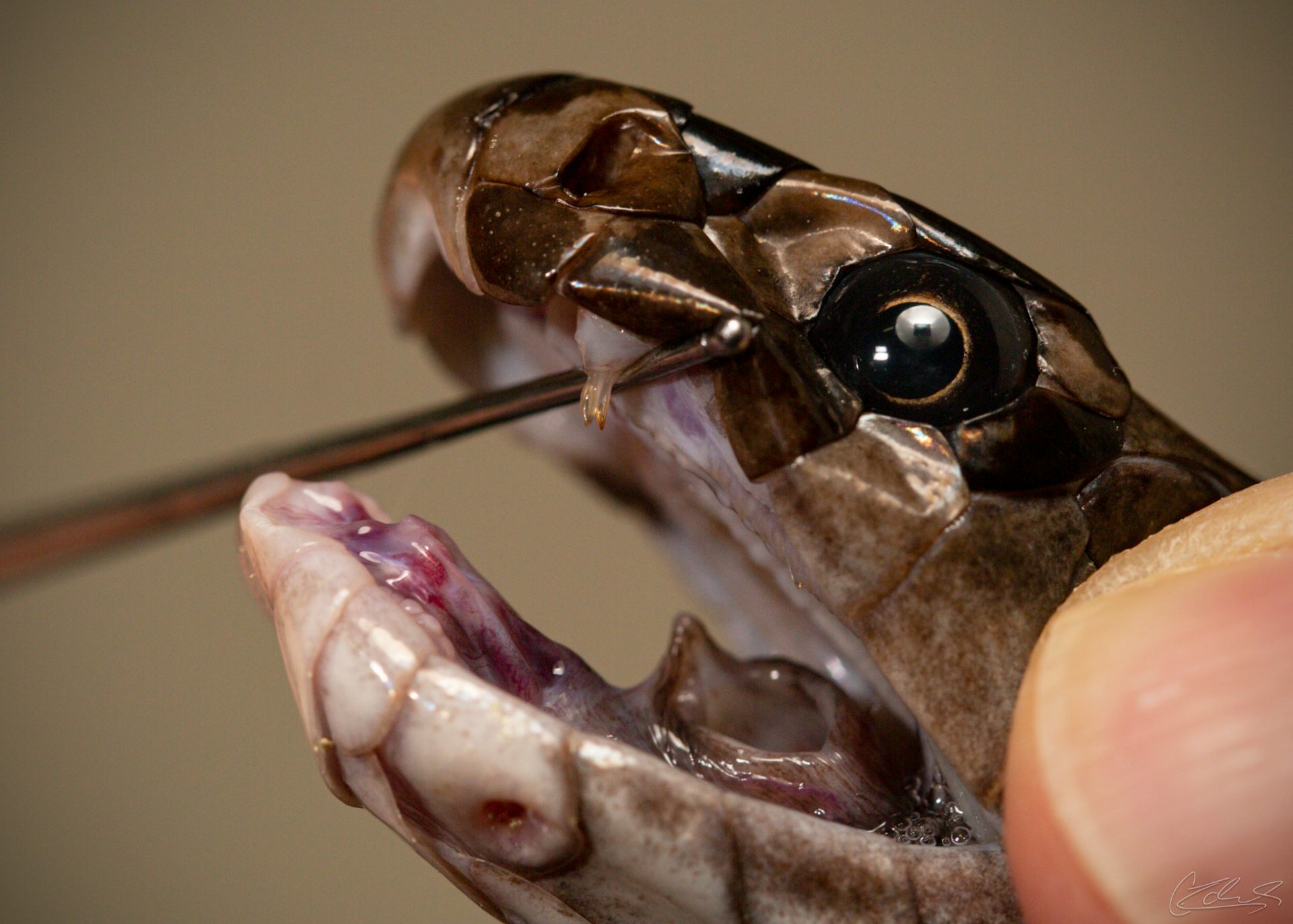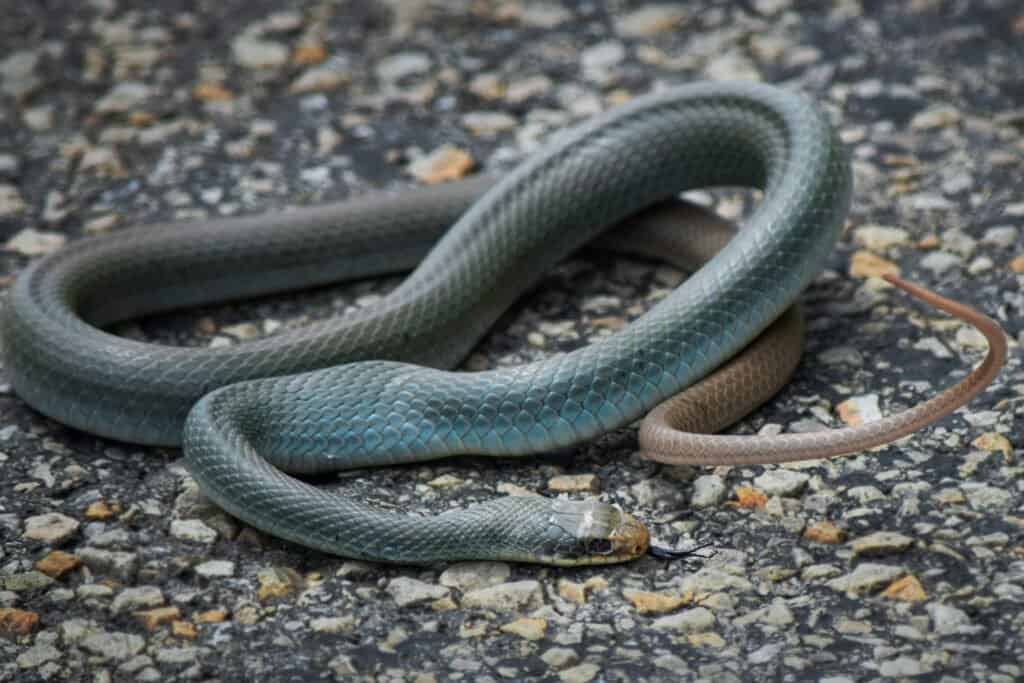Introduction
Tiger serpents are amongst the most well-known and feared reptiles in Australia, widely identified for their striking appearance and powerful venom. This article aims to delve into the complexities of the tiger serpent's environment, circulation, actions, and what one can anticipate when coming across these interesting animals. By comprehending where to locate them and how to browse prospective risks, you can appreciate their duty in the ecosystem while ensuring your safety and security.
Tiger Snake Habitat: Where to Find Them and What to Expect
Tiger snakes are predominantly discovered in southeastern Australia, consisting of Tasmania, where they thrive in a variety of atmospheres. Their versatility permits them to inhabit varied terrains such as coastal regions, marshes, grasslands, and also city areas.
Geographical Circulation of Tiger Snakes
The geographical reach of tiger snakes prolongs across a number of Australian states. They are specifically common in:
- Tasmania: The Tasmanian tiger serpent is among one of the most identified subspecies. Victoria: Found near water bodies like rivers and lakes. New South Wales: Preferring bushland areas near water sources. Western Australia: More generally seen around swamps and estuaries.
Understanding the geographical distribution is critical for both preservation efforts and public recognition relating to encounters with these snakes.
Preferred Habitats of Tiger Snakes
Tiger snakes grow in various habitats. Below are some normal environments where they might be found:
Wetlands: They favor marshy or marshy locations where they can access prey easily. Coastal Regions: Near coastlines or rough coastlines give plentiful food resources like fish and amphibians. Forested Areas: Thick thicket offers shelter from predators while giving hunting grounds.Behavioral Patterns Connected to Habitat
Understanding common death adder tiger snake actions within their environments is essential for communication management:
- Nocturnal Activity: Tiger serpents have a tendency to be a lot more energetic during twilight hours (sunset and dawn), making them harder to identify throughout daytime. Territorial Nature: They exhibit territorial actions; therefore, it's critical to appreciate their room if encountered.
This understanding can assist minimize unwanted communications between humans and tiger snakes.
Are Tiger Snakes Venomous?
Yes, tiger serpents are without a doubt venomous. Their venom consists of neurotoxins that can trigger paralysis and even death if untreated.

What Makes Their Venom Dangerous?
The effectiveness of a tiger snake's venom differs depending upon numerous elements:
- Geographic location Individual health Quantity infused during a bite
Symptoms of a Tiger Snake Bite
Recognizing symptoms early is critical:
- Pain at the bite site Swelling Difficulty breathing
Immediate medical focus is important if bitten.

First Help for Serpent Bites
Knowing emergency treatment treatments can be lifesaving in situation of a serpent bite.
First Help Steps for Snake Bites
Stay calmness; keep the affected area still. Call emergency services immediately. Apply a pressure bandage above the bite site. Keep the specific relaxing up until help arrives.Following these steps can dramatically improve results complying with a snake encounter.
Where Else Can You Encounter Tiger Snakes?
While they're usually discovered in their all-natural environments, urbanization has actually led to enhanced experiences with humans.
Urban Encounters
Tiger serpents may venture into yards or parks searching for food or water sources.
Precautions When Hiking or Exploring
When discovering locations recognized for tiger serpent habitats:
- Wear thick boots Stay on paths Be vigilant
Taking these safety measures will certainly aid minimize dangers while you enjoy nature.
Baby Tiger Snakes: An Unique Viewpoint on Growth
Just like grownups, infant tiger serpents are birthed poisonous yet smaller in dimension.
Characteristics of Child Tiger Snakes
- Size: Normally around 20-- 30 centimeters when born. Appearance: Sporting activity similar coloration as grownups however might have lighter bands initially.
Understanding their development aids in valuing their environmental role from infancy onward.

FAQs about Tiger Snakes
1. Are all tiger snakes venomous?
Yes, all species of tiger serpents have poison efficient in creating major harm.
2. Exactly how can I determine a tiger snake?
Look for distinctive banding patterns varying from yellowish-brown http://erickusoo988.image-perth.org/your-go-to-guide-for-snake-bite-first-aid-kits to blackish colors along their bodies; grownups normally expand in between 1-- 2 meters long.
3. What must I do if attacked by a tiger snake?
Seek prompt medical focus; use emergency treatment steps as reviewed earlier while maintaining calm.
4. Do child tiger serpents position any type of danger?
Absolutely! Fierce Snake (Notechis species) Despite their tiny dimension, infant tiger snakes are still venomous and can provide bites that need significant medical attention.
5. Exist any type of particular habitats I need to avoid?
Avoid going through dense underbrush or near stagnant water where conditions prefer snake presence during warmer months.
6. Exactly how do preservation efforts influence tiger serpent populations?
Conservation efforts focus on habitat conservation which straight affects population security by guaranteeing sufficient food sources and safe breeding locations.
Conclusion
In recap, understanding "Tiger Snake Habitat: Where to Find Them and What to Expect" not only enriches our expertise concerning these remarkable reptiles yet also boosts our capacity to exist together securely with them in shared environments. From identifying their chosen habitats to understanding how to respond successfully if bitten, thorough knowledge empowers us all-- whether we're wildlife fanatics or casual hikers-- to value this fascinating facet of Australia's natural heritage while prioritizing our safety.
This article acts as an extensive overview on every little thing related to tiger serpent habitats! Whether you're a passionate traveler or somebody looking simply for details about these creatures, understanding how they communicate within their ecosystems-- and exactly how we fit into that image-- is crucial!